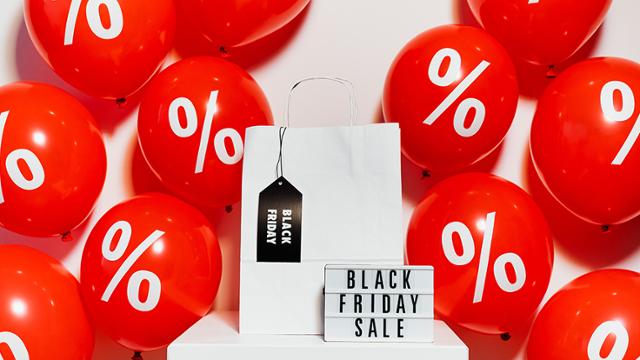The Black Friday Shopping Season
Expert Comments
By Tom Arnold, Joseph A. Jennings Chair in Business, Robins School of Business, University of Richmond
Black Friday is the day after Thanksgiving, and it still holds a prominent position on the retailer’s calendar. However, it has evolved into a multi-week season over the last ten years. The “Black Friday Season” begins in mid-October and ends on Black Friday. How did this happen?
Prior to the pandemic, retailers had started being open earlier and earlier on Thanksgiving. The trend had started creating some bad publicity for having employees work on a family holiday and some retailers started to announce in a very conspicuous manner about being closed on Thanksgiving to honor the holiday. In reality, many consumers were simply starting to shop online, which was much easier than battling crowds of bargain hungry shoppers on Thanksgiving. Consequently, being open on Thanksgiving started to become unnecessary and the pandemic practically put a halt to the already declining trend.
What also happened in the pandemic was Amazon moving its Prime Days to October. In 2020, this started the movement towards a Black Friday Season as other retailers adjusted to offering Black Friday bargains in October to compete with Amazon. Curiously, Amazon did not do the same in 2021, but was back with Prime Days in October this year and I expect more of the same in the future. In essence, Amazon delaying Prime Days during the pandemic in 2020, started what is now the Black Friday Season.
This year, there are still supply chain issues, but some non-discretionary items were overbought by retailers which may lead to some bargains this year. The problem for retailers is that consumers have become much more cost conscious due to inflation, rising interest rates in response to inflation, and increased oil prices due in part to Russia’s invasion of Ukraine. Retailers may find themselves either cutting prices to reduce inventory faster or repositioning the inventory offered to a more price conscious consumer. Both actions seem to be occurring at the moment with an eventual adjustment to appeal to a recessionary consumer rather than a big spending consumer being the goal.
Some retailers have already reported sales being below expectations and when increased sales are reported, it is more a product of inflation than increased shopping activity. Although a recession may not have actually started, the consumer is behaving in a recessionary manner and retailers are making adjustments.
###
Contact Cynthia Price, AVP for Media and Public Relations, cprice2@richmond.edu, to connect with Arnold.
